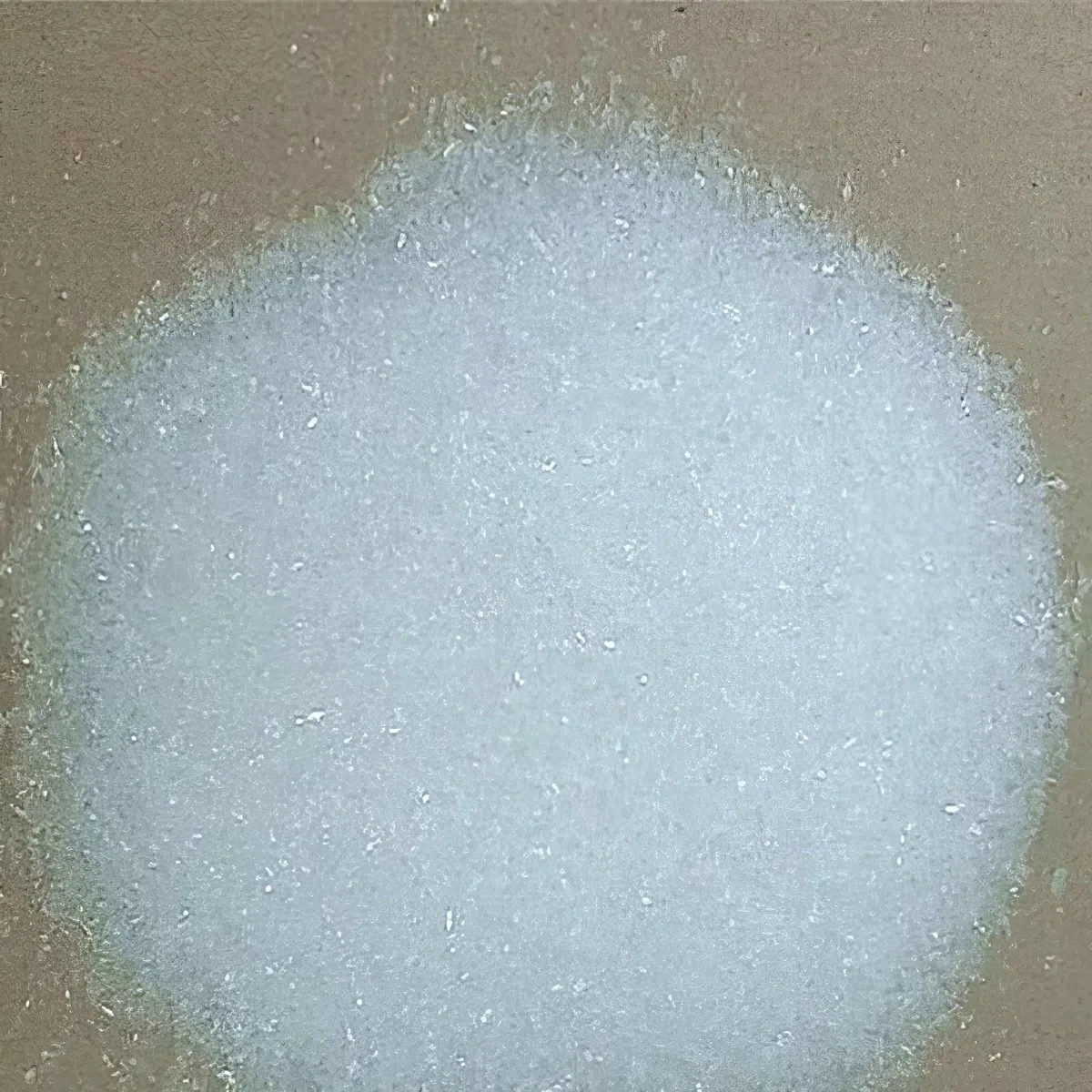



na2s molecular weight
Understanding Sodium Sulfide Molecular Weight and Its Importance
Sodium sulfide, represented chemically as Na2S, is an inorganic compound that plays a significant role in various industrial processes. One of the critical aspects of any chemical is its molecular weight, which reflects the mass of a given molecule and is essential for calculations in chemical reactions, stoichiometry, and analytical chemistry.
Molecular Weight Calculation
The molecular weight of sodium sulfide can be calculated by adding the atomic weights of its constituent elements. Sodium (Na) has an atomic weight of approximately 22.99 g/mol, and sulfur (S) has an atomic weight of around 32.07 g/mol. Since there are two sodium atoms in sodium sulfide, the calculation for its molecular weight is as follows
- Weight from sodium 2 × 22.99 g/mol = 45.98 g/mol - Weight from sulfur 1 × 32.07 g/mol = 32.07 g/mol
Adding these values together gives
\[ \text{Molecular Weight of Na2S} = 45.98 \, \text{g/mol} + 32.07 \, \text{g/mol} = 78.05 \, \text{g/mol} \]
This means that one mole of sodium sulfide weighs 78.05 grams.
na2s molecular weight

Importance in Various Applications
Sodium sulfide is primarily utilized in the production of paper, textiles, and leather. It serves as a reducing agent in various chemical reactions, aiding in the reduction of metal ores, which is crucial in metallurgical processes. Its ability to dissolve certain metals makes it valuable in extracting metals like copper, lead, and zinc from their ores.
In the textile industry, sodium sulfide is used in the dyeing process. It helps in the creation of sulfur dyes, which have excellent lightfastness and are used for coloring cotton and other fibers. The compound's ability to effectively reduce disulfide bonds also finds applications in the treatment of leather, where it helps to remove hair and other unwanted materials from hides.
Environmental Considerations
While sodium sulfide is a valuable industrial chemical, it is essential to understand its environmental impact. The compound can be hazardous to health and the environment if not handled properly. It releases hydrogen sulfide (H2S) upon hydrolysis, which is a toxic gas with a characteristic rotten egg smell. Proper safety protocols must be established when working with sodium sulfide to mitigate potential health risks.
In terms of environmental regulations, industries using sodium sulfide must comply with various guidelines to prevent soil and water contamination. Treatment methods such as neutralization and precipitation are employed to ensure that wastewater containing sodium sulfide meets regulatory standards before being discharged.
Conclusion
In summary, the molecular weight of sodium sulfide (Na2S) is a fundamental aspect that supports its various applications in industry, particularly in the production of paper, textiles, and metal extraction. Understanding its molecular weight allows chemists and engineers to perform accurate calculations in formulations and reactions. However, as with many industrial chemicals, awareness of its environmental impact and safety measures is crucial for responsible usage. As industries continue to evolve, research into safer and more sustainable alternatives will also be vital in minimizing the hazards associated with sodium sulfide.
-
Why Sodium Persulfate Is Everywhere NowNewsJul.07,2025
-
Why Polyacrylamide Is in High DemandNewsJul.07,2025
-
Understanding Paint Chemicals and Their ApplicationsNewsJul.07,2025
-
Smart Use Of Mining ChemicalsNewsJul.07,2025
-
Practical Uses of Potassium MonopersulfateNewsJul.07,2025
-
Agrochemicals In Real FarmingNewsJul.07,2025
-
Sodium Chlorite Hot UsesNewsJul.01,2025










